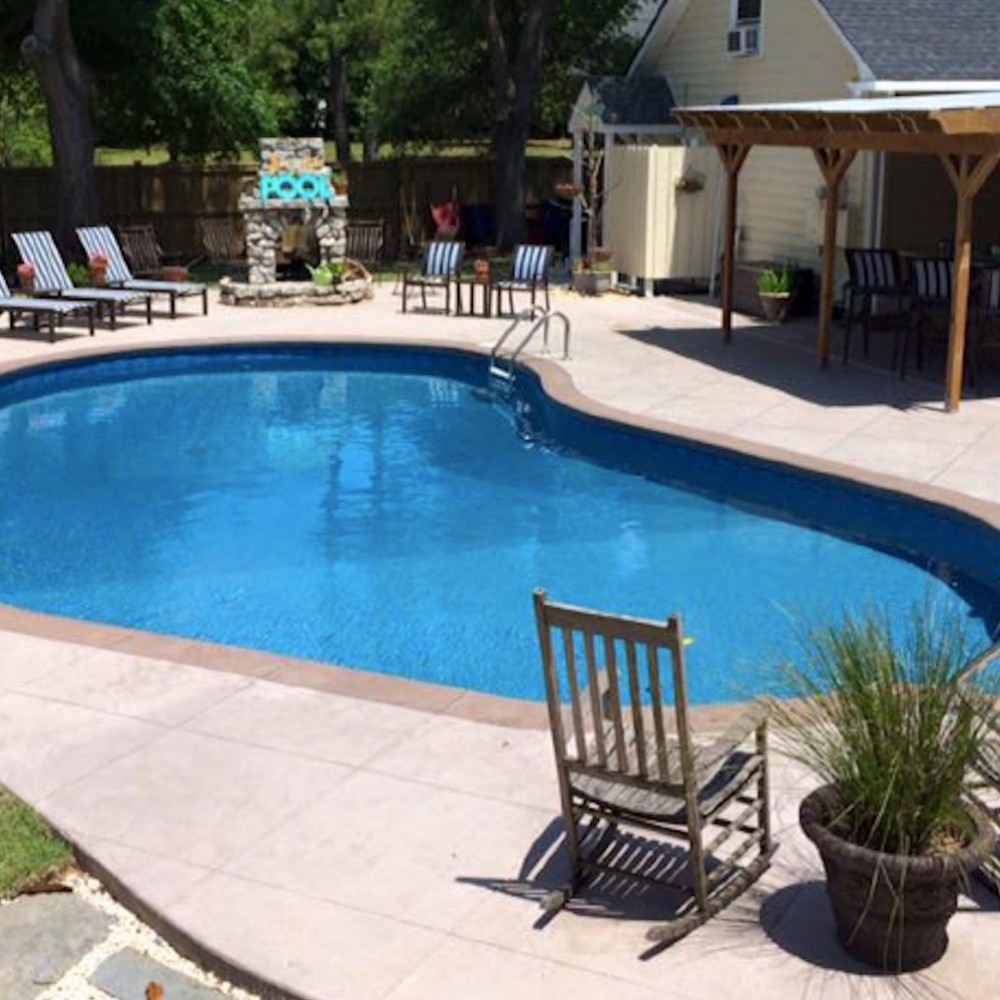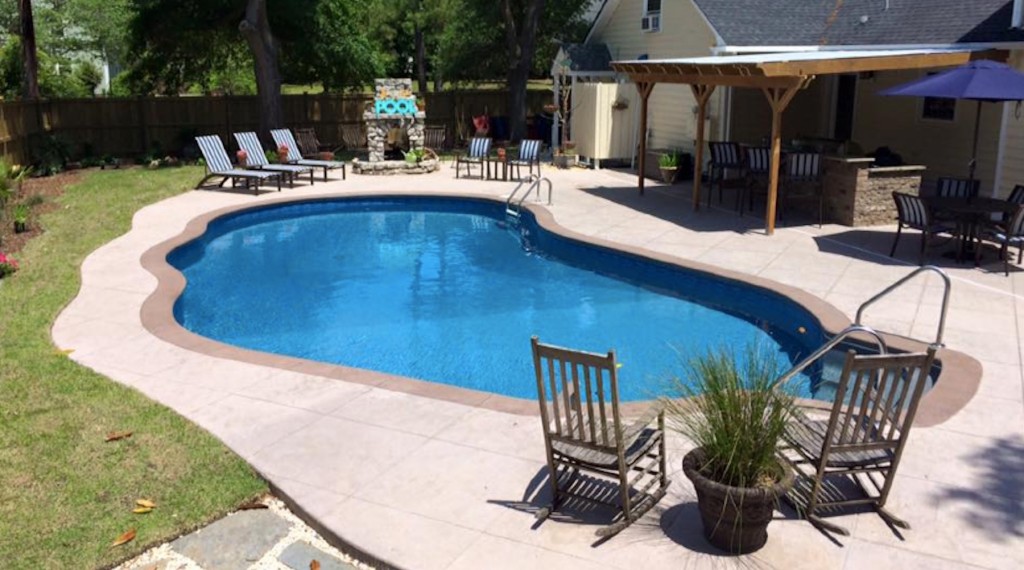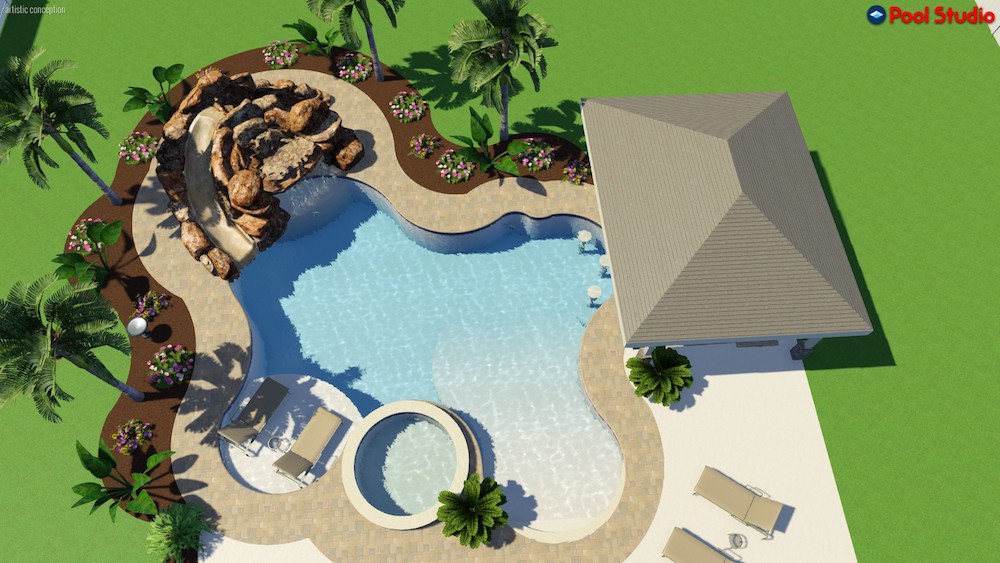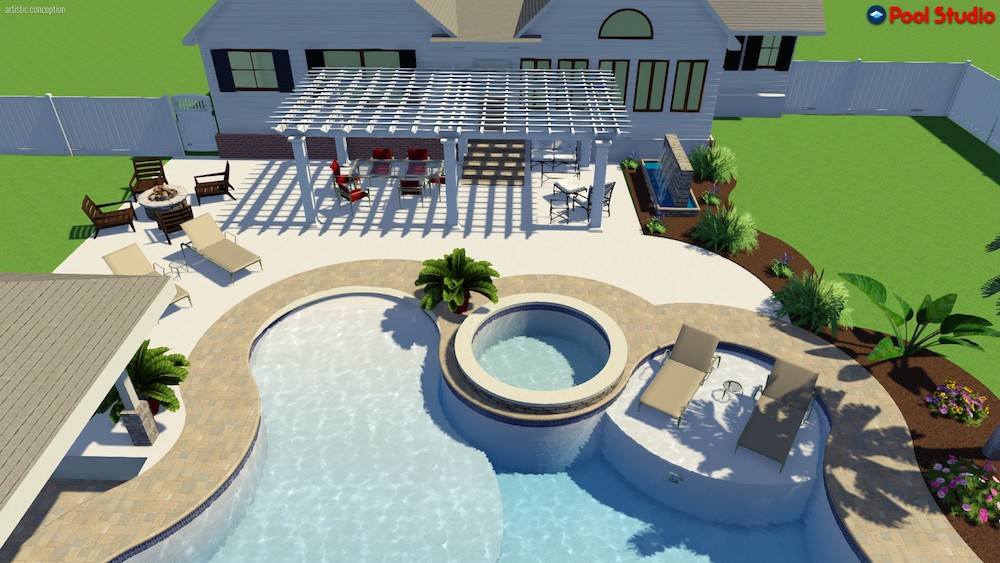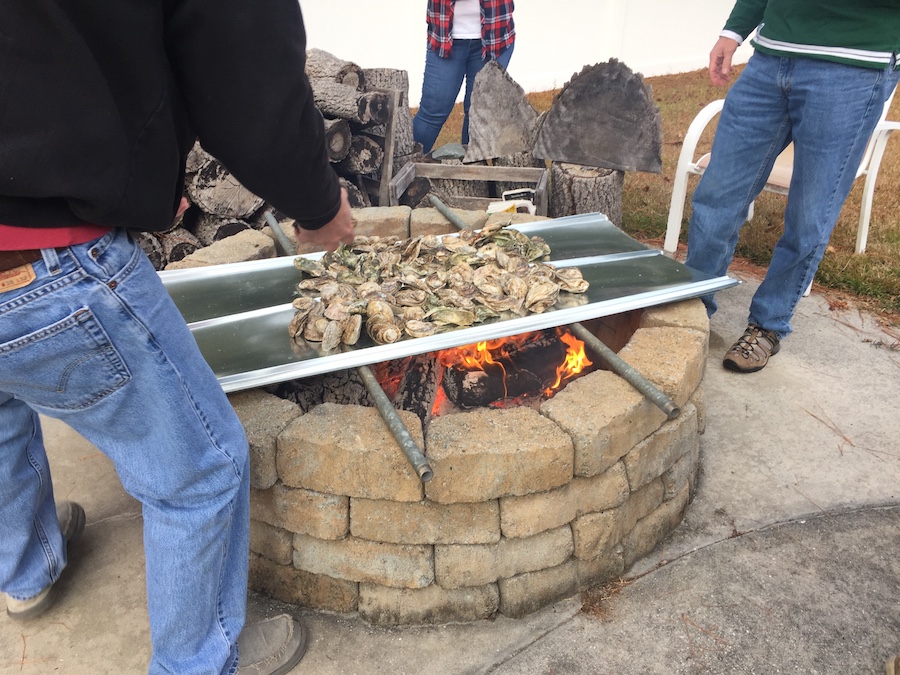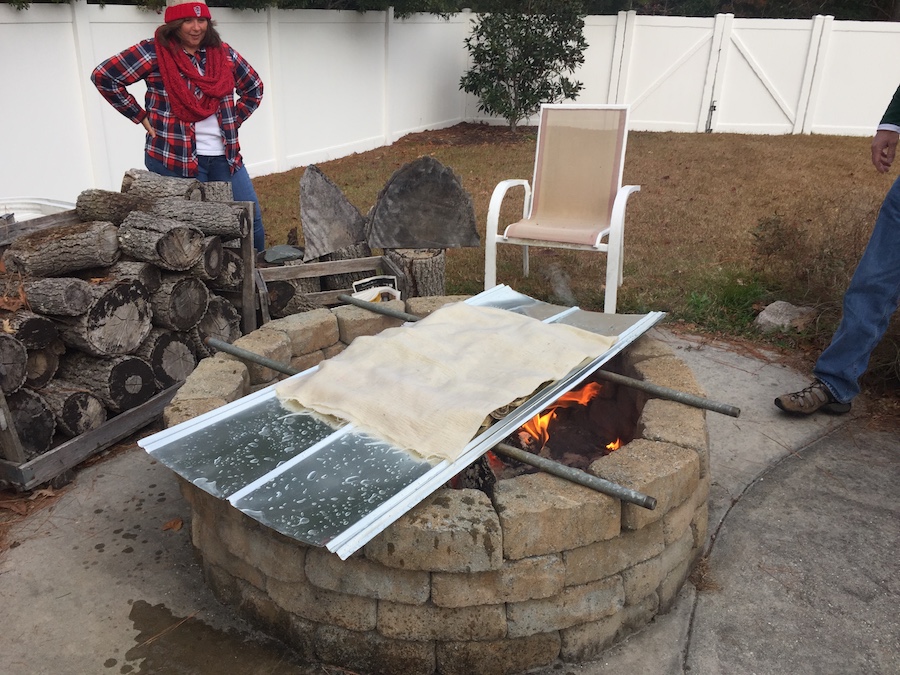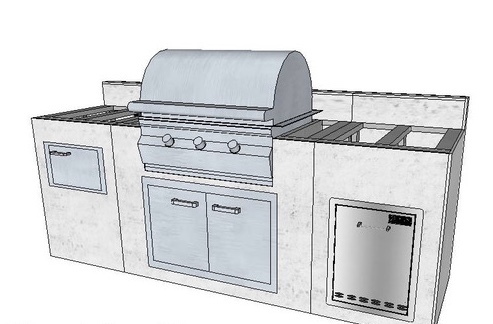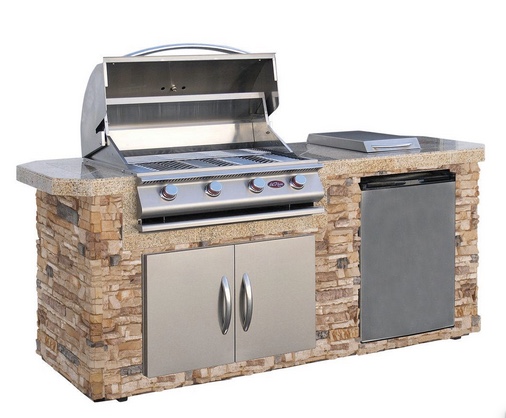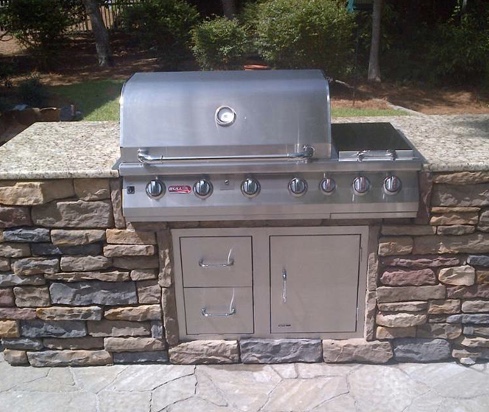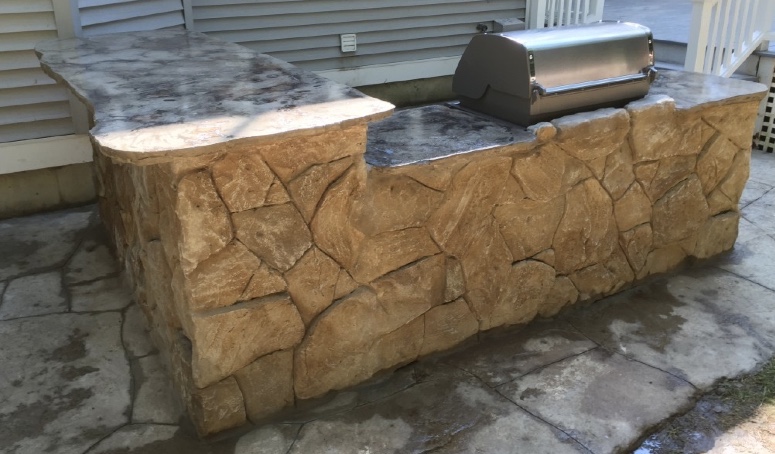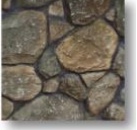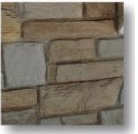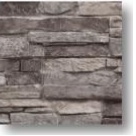So you’re thinking about having an in-ground swimming pool installed in your backyard, You’ve got decisions to make but you’re not sure where to start. Let’s see if we can’t help you with that.
What Kind Of Pool Do You Want?
First, what kind of swimming pool do you want? Believe it or not, many people don’t realize their are three different kinds of swimming pools. If you grew up with a vinyl liner pool you might tend to gravitate towards that type of pool. Fiberglass pools are considered the new kid on the block and are very popular here in the Wilmington, NC area and through out the south. Transportation of the pool shells from manufacturers in southern states to homes up north makes them somewhat cost prohibitive.
The Magic of Concrete Pools!
For many people their is only one kind of pool and that is a concrete pool, also referred to as gunite or shotcrete. Their is a difference between gunite & shotcrete which we will address in another post but they both fall under the umbrella of concrete pools. Because concrete pools can be built to any size and shape they present the greatest opportunity for a custom and unique finished product.
Concrete pools give a pool designer and homeowner the chance to be as extravagant or as subtle as they choose to be. From a beach entry to an infinity edge to a swim up bar to a custom waterfall that flows over the entrance of a grotto decked out with TV, lighting and audio. Almost nothing is out of reach!
Design, Design, Design!
I can’t emphasize enough how important it is to have a detailed design and plan in place before any work begins. With every additional water feature and shape change water flow and filtration need to be considered and planned out. Pool lighting is sometimes an after thought but their are many options available and your pool lighting should compliment your landscape lighting to create a beautiful night time ambiance.
Pros:
• Custom Shape – The number one advantage of a concrete swimming pool is customization. A concrete pool can be designed and built to any size and shape, include any features you can think of and be built in and around any hardscape. If you have a unique property or backyard layout, a concrete pool can be designed to take advantage of that, where as a fiberglass pool that has been manufactured to a certain size and shape would not be an option.
• Access – Access to the pool site is another factor that will determine what kind of pool is best for a particular backyard. It is sometimes virtually impossible to get a 3,000 pound fiberglass pool over a house or through an area full of trees. In these cases a concrete pool or vinyl liner pool are the only options.
• Luxury – And sometimes it’s about pure luxury. You want a pool with a beach entry, an infinity edge, a tanning ledge, a swim up bar, a waterfall & grotto with a slide, and a spill over spa? They can all be incorporated into the design and construction of a concrete pool.
• Finish – Concrete swimming pools have several different options for the surface of the pool. Of course their is the basic white or colored plaster. But Pebble Tec, Pebble Sheen and Pebble Fina add shimmering sparkle both day and night to your pool water. There is also Quartz which comes in many different colors, lasts longer and feels better to the touch than plaster.
Cons:
• Maintenance – Concrete pools require more maintenance than either fiberglass or vinyl liner. More attention has to be paid to the water chemistry as you will want to keep a closer eye on calcium and PH levels than you would the other options.
• Salt Water – Concrete pools aren’t as friendly with salt water as fiberglass and vinyl as the salt will wear away at the pool surface. Surfacing your concrete pool with Pebble Tec or Quartz as opposed to white plaster will help immensely.
• Resurface – Just as a vinyl liner will need to be replaced in 10-15 years, your concrete pool will need to be resurfaced. Depending on what surface you choose and how diligent you are in keeping an eye on water chemistry, resurfacing can be held off past the 10 year mark.
The Crown Jewel
Your backyard is your opportunity to build something that is exactly you. It won’t cost anything nearly as much as what you paid for your house to turn your backyard into something that is beautiful, entertaining, functional and be a source of pride for years to come.
A swimming pool is many times the crown jewel and centerpiece of your picture perfect backyard. You want to do it once and do it right so design, plan and construct with piece of mind. Not everything in your dream backyard needs to be done at once. Their is nothing wrong with adding a new piece or element each year. In fact it gives you time to live with it and get it just the way you want. But you need to start somewhere…start with a design.
It’s Your Backyard. Use It, Live It, Love It!
jim@backyardvision.com / 910-465-8472
